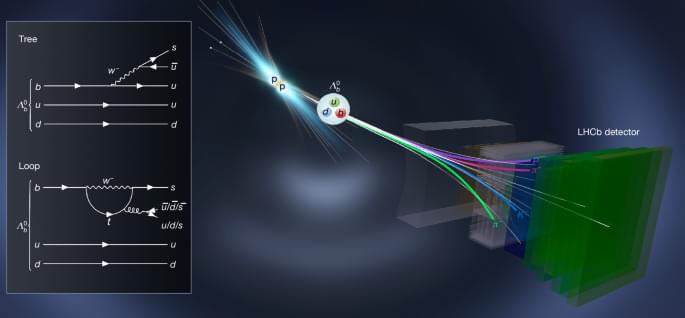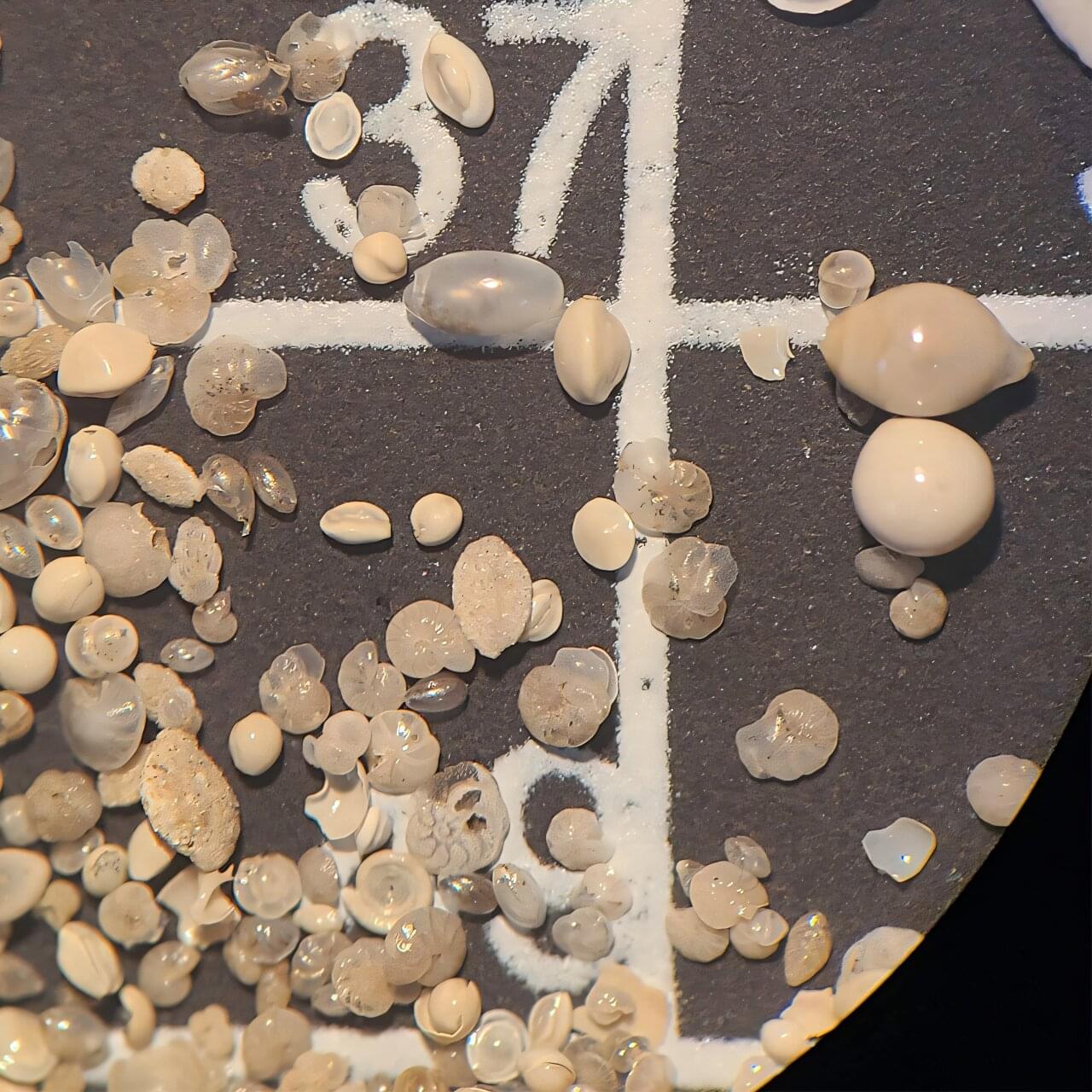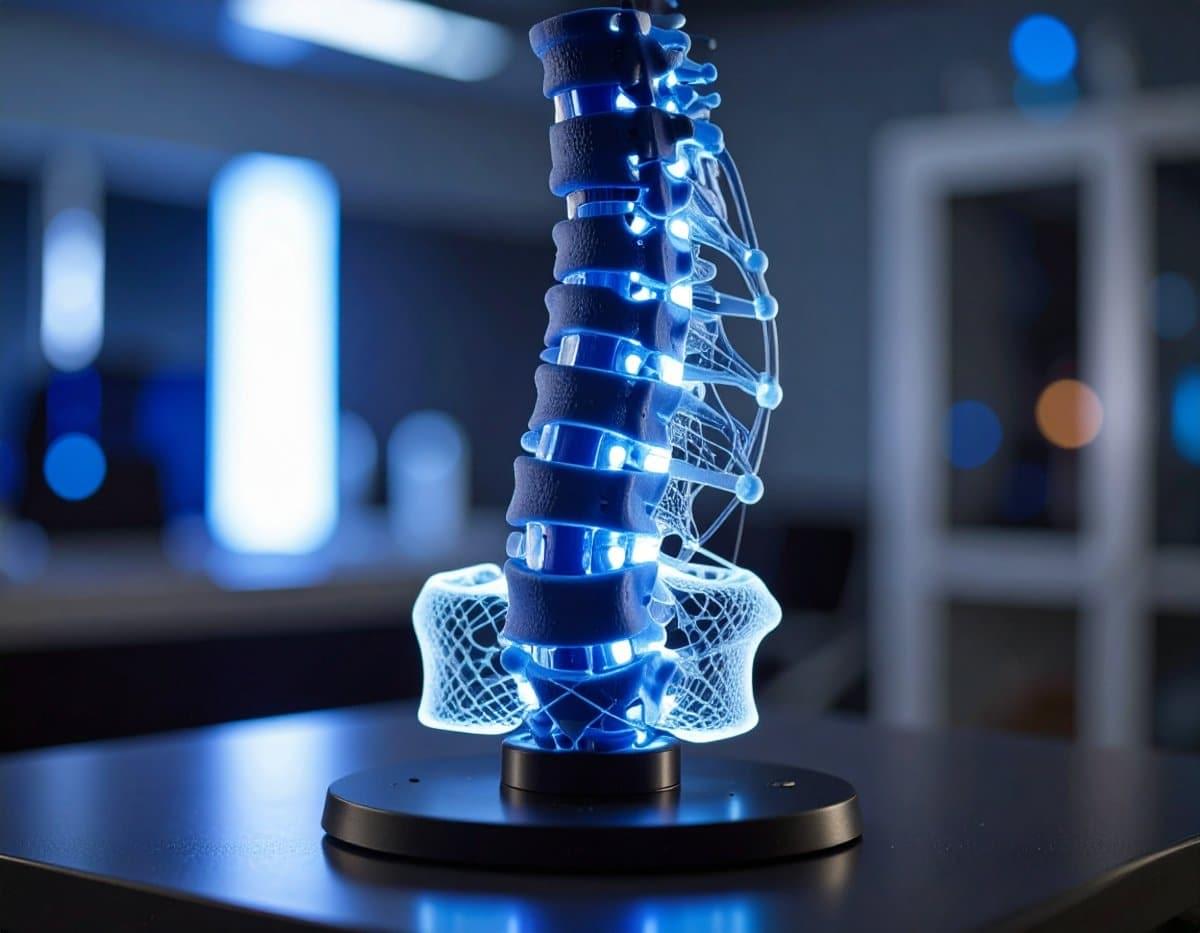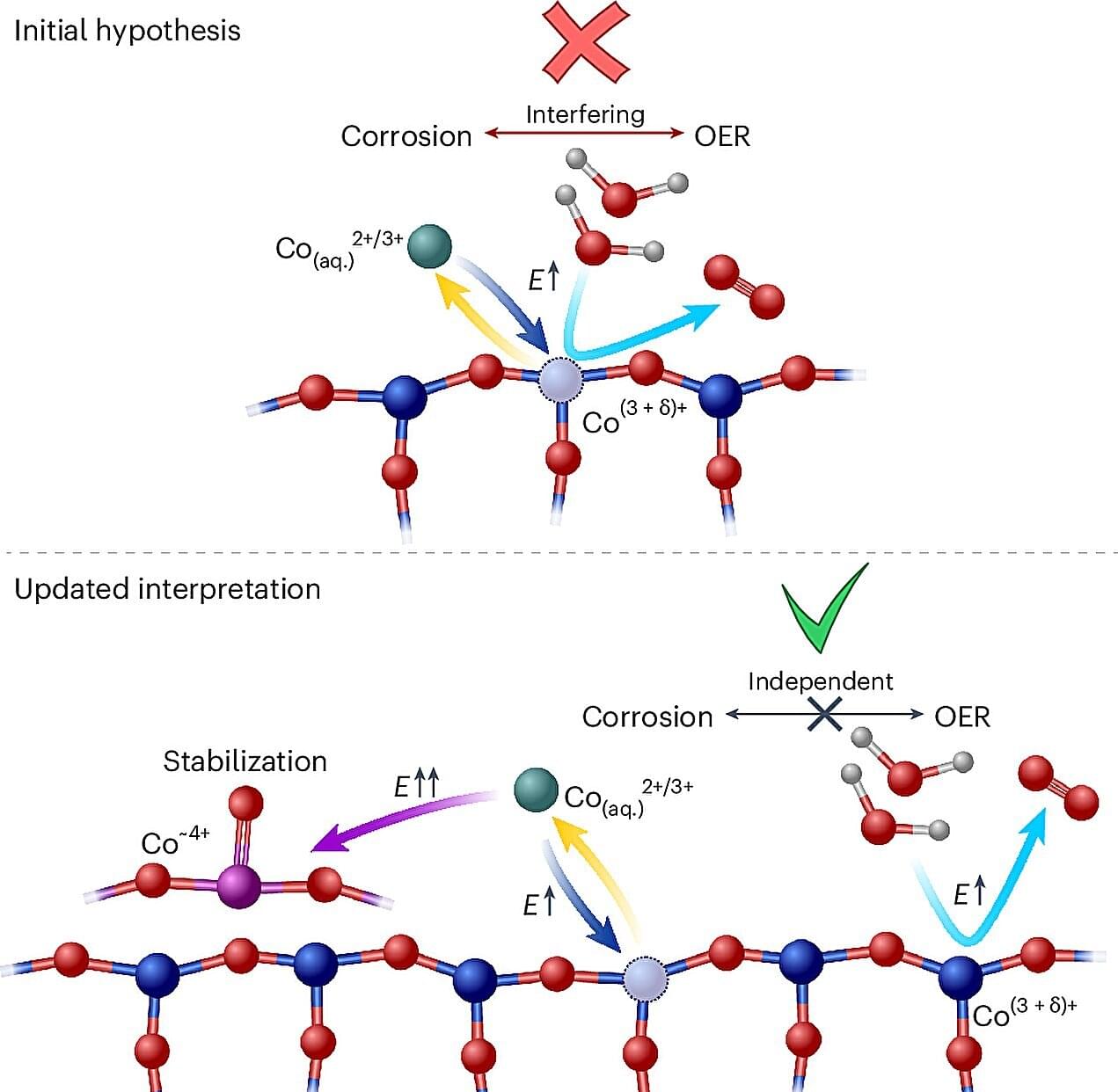Sand batteries are emerging as a viable alternative to lithium-ion for thermal energy storage, capable of holding heat with minimal loss.
Category: futurism – Page 64
New study tackles dynamics of common—and difficult—sailing maneuver
Tacking—a maneuver used to sail a boat against the wind, changing direction in a zig-zag fashion—is one of the most difficult but necessary sailing maneuvers. While tacking is common, the movement of the sails and wind forces during the turn are not well understood.
10 Amazing Humanoid Robots Already Walking Among Us Today
Humanoid robots — long seen as futuristic — are already here, walking, talking, and working among us. Here are 10 advanced examples.

Observation of charge–parity symmetry breaking in baryon decays
The LHCb experiment is being built, operated and maintained by the LHCb Collaboration. All authors contributed to the design, construction, deployment and operation of the detector, the data taking, the development of the reconstruction and simulation software, data processing and data analysis. The final manuscript was reviewed and approved by all authors.
Correspondence to X. Yang.
TRON: ARES Trailer 2
Jared Leto, Jeff Bridges, Gillian Anderson, Evan Peters, Tron 3© 2025 — Disney.

Weaker Atlantic currents bring more oxygen to tropical ocean’s shallow depths
How is ventilation at various depth layers of the Atlantic connected and what role do changes in ocean circulation play? Researchers from Bremen, Kiel and Edinburgh have pursued this question and their findings have now been published in Nature Communications.
Salt water in the oceans is not the same everywhere; there are water layers that have different salinities and temperatures. The phenomenon of thermohaline circulation—which results from the differences in density caused by variations in temperature and salinity—drives the Atlantic Meridional Overturning Circulation (AMOC), among other current patterns. Near the surface, however, ocean circulation is also influenced by winds, which are responsible for producing the large subtropical gyres in the Atlantic, both on the northern and southern sides of the equator.
These gyres play an important role in marine ecosystems because they provide organisms on the sea floor with oxygen, which is then consumed in part by the decomposition of organic matter. If there is a paucity of fresh, cold, and oxygen-rich water transported in to ventilate these areas, so to speak, oxygen minimum zones result.



